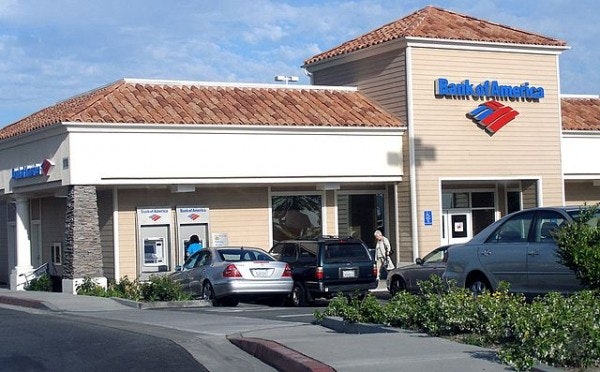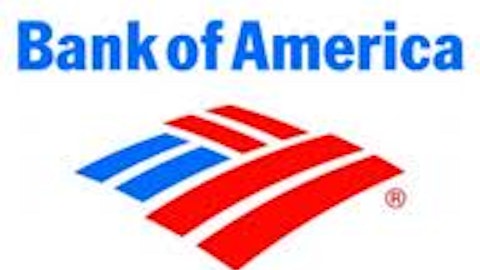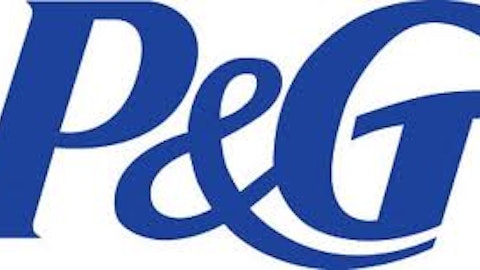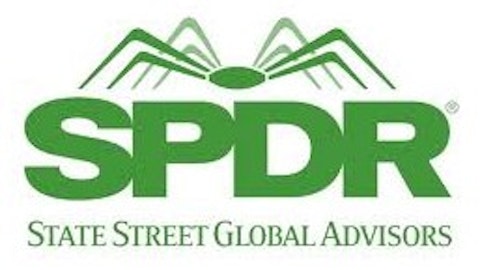Beyond making great bed time reading, the Federal Reserve’s annual bank stress test results provide insights into the health and risk-taking of the nation’s most influential banks. Insights from this report may color our collective investing glasses for banks in general, specifically for the lucky banks that were tested.

Foolish Observations
1. Overall, the Bank’s are looking better
Of the 18 bank’s subjected to the Fed’s stress tests, only Ally Financial (formerly GMAC) failed. This compares to 4 bank’s failing last year’s test: Ally, Citigroup Inc. (NYSE:C), SunTrust Banks, Inc. (NYSE:STI), and Metlife Inc (NYSE:MET).
The results were generally improved across the entire group of banks, with the majority of the bank’s showing only a minimal impact to their tier 1 capital ratios in the event of the worst case scenario devised by the Fed. There were some surprises though, as JPMorgan Chase & Co. (NYSE:JPM) faired better than only 3 other banks: Ally, Goldman Sachs Group, Inc. (NYSE:GS) and Morgan Stanley (NYSE:MS).
The projections for net income during the worst case scenario showed similar results. Most banks are projected to incur moderate, but managable, losses, while Ally stands out in its poor performance.
2. The Fed Still Thinks the Mortgage Loan Market is Risky
The Fed considers 24 variables in its projections (which it carefully and repeatedly notes are just projections, and consider the worst case scenario). These variables run the gamut of economic indicators from GDP, inflation, and unemployment to the National Home Price Index and the Dow Jones Industrial Average.
Reading the results, though, it’s clear that the Fed still sees risk in the housing market. Mortgage lending market share leader Wells Fargo & Co (NYSE:WFC) and #2 JP Morgan Chase, alongside two other nationally leading mortgage lenders, Bank of America Corp (NYSE:BAC) and Citigroup, all faired poorly in the tests projections of loan losses.
Through an Investor’s Lens
The stress tests are just that–tests. They don’t represent what will happen, only a best guess of what could happen under a certain set of circumstances. In this case, the circumstances are so dire that they reveal more of the downside and ignore all the potential upside for the industry.
I’ve written before that Bank of America Corp (NYSE:BAC) is worth a closer look and holds a lot of potential for continued market gains. These results don’t prove that point of view, but that’s not the point. The point is that it is further evidence of healing at BAC. Bank of America Corp (NYSE:BAC) once again passed the stress test, performing better, in fact, than several of its direct competitors. BAC has been on a tear over the last year–anticipate that to continue through 2013.
JP Morgan and Wells Fargo, the two largest US banks, each performed moderately well, considering their heavy weighting against concentrations in mortgage lending. Both banks have produced a strong financial performance relative to the rest of the industry, with ROE of 10.9% for JPM and 13.4% for WFC. JPM has traded around a P/E of 9 over the past year, a reasonable level given the company and industry’s risk profile and investor sentiment. WFC has traded at a premium to peers, with a P/E around 11 over the past 12 months. This may well come down some in 2013, though not materially. The Fed’s stress tests have confirmed what most already knew: JPM and WFC are good long term investment options, and they should be acquired on dips as the industry continues to heal.
The test results also provided some indication that some banks are quickly going back to “business as usual.” Goldman Sachs, specifically, was projected to have a worse than median impact on net income in the worst case scenario, and was one of the overall worst performers measured by the impact to tier 1 capital. The tests also revealed a potentially large outlier loss exposure in commercial and industrial lending.
This could be interpreted two different ways. First, that the “smartest guys on the Street” have an edge on the market, see a stronger than expected turnaround, and are poised to capitalize on it; or they have returned to the pre-crisis status quo of risk-taking with reckless abandon in search of returns. Either way, Goldman is currently trading near 2 year highs, their P/E ratio is settling in around 11 after being as high as 25 in the last 12 months, and their ROE is nothing spectacular at 10.8%. This is a stock worth watching, but not worth an investment.
After the Financial Crisis, these stress tests should be viewed as a positive for the investment community and the public at large. It provides new insights into exceedingly complex operations and the financial conditions of the nation’s largest banks. Ultimately this will protect our system of finance and help the investing community make more informed decisions with their money. Keep a copy of the results by your bed for sleepless nights; you may wake up with a new perspective on your bank.
The article 4 Investing Takeaways From The Fed’s Stress Test Results originally appeared on Fool.com and is written by Jay Jenkins.
Copyright © 1995 – 2013 The Motley Fool, LLC. All rights reserved. The Motley Fool has a disclosure policy.







